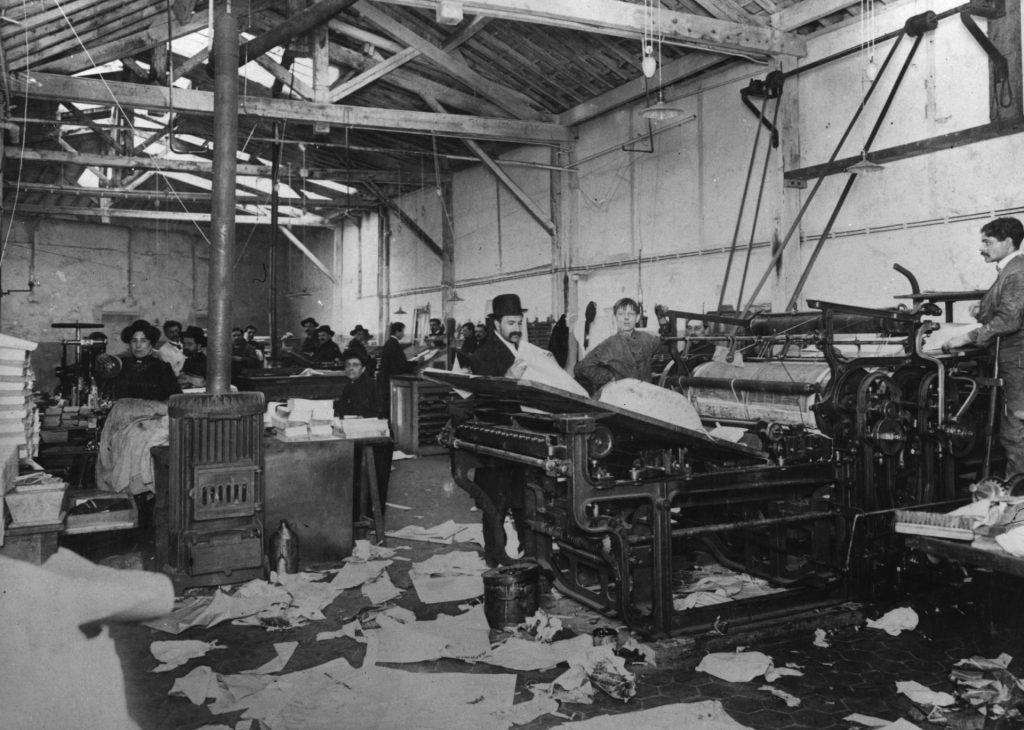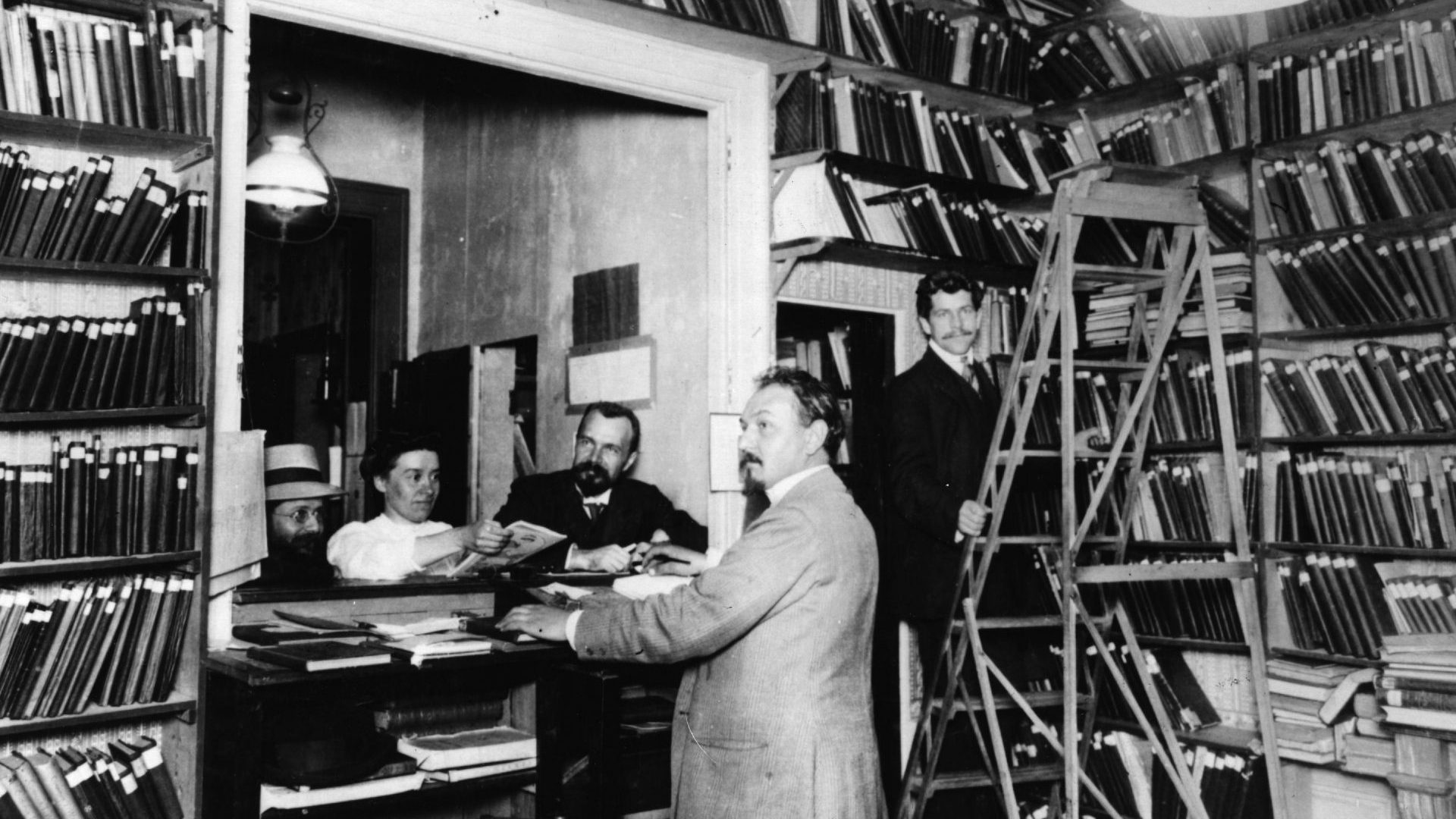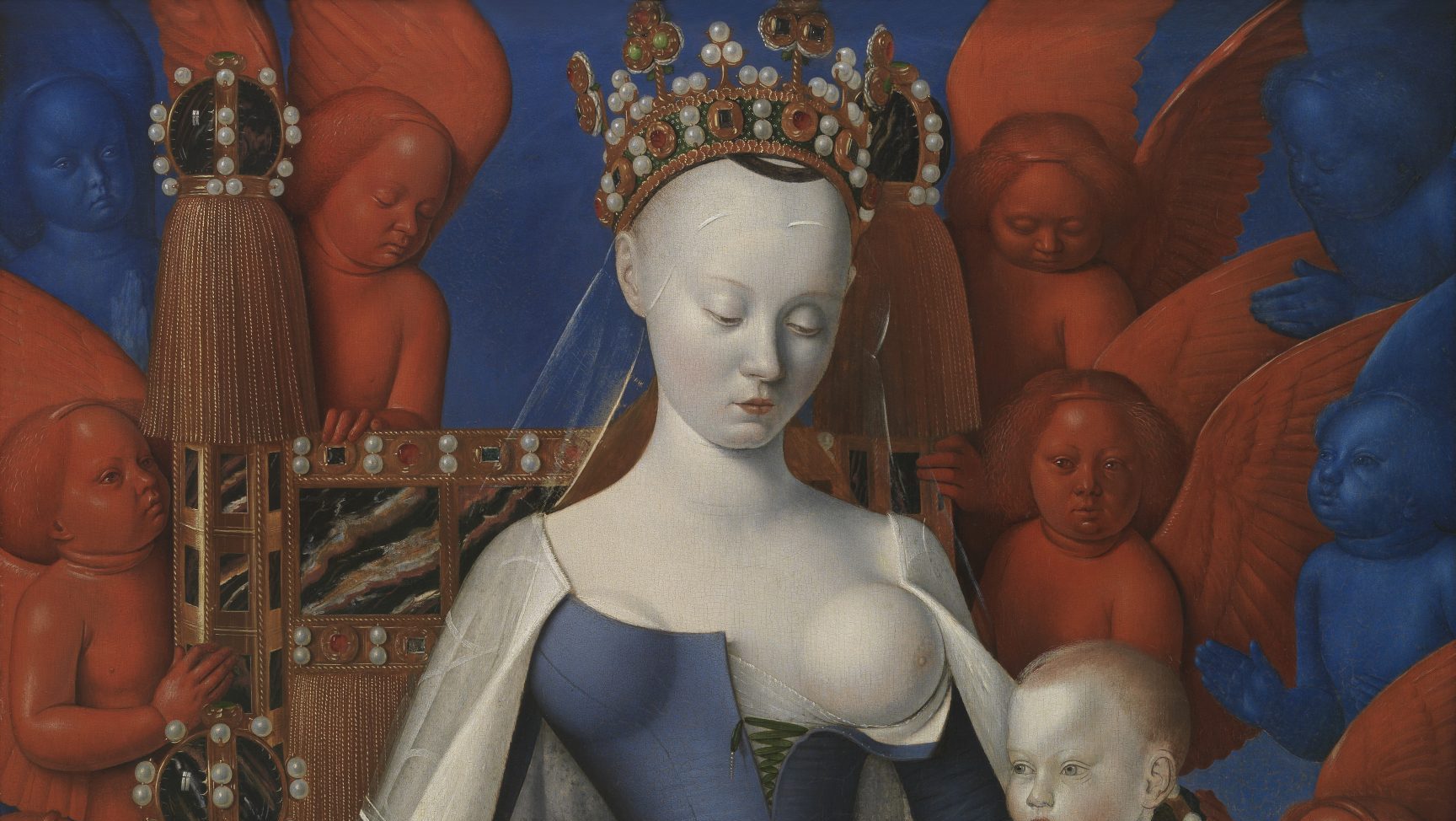The story of humanity is a story of migration. From entire tribes crossing vast distances in ancient times to desperate people fleeing unimaginable trauma washing up on Britain’s southern shore, we are and have always been a species on the move.
Sometimes migration is by choice, journeys inspired by love, ambition or just plain old adventure. Most often displacement is forced upon the migrant, the result of war, persecution or economic hardship.
The history of Europe is criss-crossed by itinerancy. In Britain alone, we can reel off Romans, Angles, Saxons, Jutes, Vikings, Normans, Huguenots, Jews and the Windrush generation as just some of the arrivals who made us the country we are today.
Twentieth-century Europe witnessed unprecedented levels of migration triggered by wars and totalitarian regimes. Some groups assimilated easily into new surroundings, absorbing new cultures and ways of life while retaining a sense of their core identity. Others, particularly those who regarded their exodus as a temporary measure, found themselves binding closely together, determined to preserve their way of life, their language, cuisine, music and traditions. When you’ve lost everything you’re going to cling on even harder to what little remains, your memories, the rhythms of your life and culture, whatever couldn’t physically be taken from you.
Perhaps the most fascinating of all the migrations of the turbulent European 20th century is that of the Russians who fled upheaval in their homeland and found their way to Paris. Certainly, at least if Helen Rappaport’s barnstorming book After the Romanovs: Russian Exiles in Paris Between the Wars is anything to go by, they had some of the most amazing stories.
From the wealthiest members of the aristocracy to lice-ridden wannabe poets, from the failed 1905 revolution to Bolshevik success in 1917 and the civil war and oppression that followed, Paris became home to thousands of Russians fleeing the usurpation of their beloved country.
All of them believed they’d go back one day, that the Bolsheviks would be overthrown and the old Russia they knew returned to them. Many lived for decades never admitting that Paris was anything more than a temporary refuge. Some made successes of their displacement, others just about got by, yet more descended into penury and tragedy. Rappaport has sourced as many of their stories as she could find and selected the best, the most bizarre, the most harrowing and the most heartbreaking to produce an utterly absorbing work of narrative history.
Russia’s relationship with the French capital dates to Peter the Great’s visit in 1717 when he was bowled over by Versailles, the influence of which can still be seen in some of the architecture of Saint Petersburg. Half a century later Catherine the Great made French the official language of her court and cultivated friendships with the likes of Voltaire and Diderot.
Russian francophilic ardour cooled for a while, first thanks to Napoleon and then the Crimean War, but was fully restored by the 1860s. The 1867 Exposition Universelle in Paris attracted an estimated 20,000 Russians, including Tsar Alexander II himself, and when Tsar Nicholas II visited with his family in 1896 it cemented Paris’s stature as the glamorous playground of the Russian nobility.
Around the turn of the 20th century a string of Grand Dukes shuttled between Parisian nightspots, bestowing gifts of priceless jewels on dancers and courtesans (one duke high up in the navy presented a cabaret dancer with a precious stone valuable enough, it was noted primly back home, to have funded a new battleship).
So familiar was the sight of Russian toffs availing themselves of the city’s attractions that people began emulating La Tournée des grands ducs, the Grand Dukes’ Tour, a route through the Parisian night that took in the pick of its cabarets, casinos and brothels.

The arrival in the city of Sergei Diaghilev firmly established a Russian presence in Europe’s capital of culture. In 1906 he staged a groundbreaking exhibition of more than 700 works at the Salon d’Automne presenting highlights from two centuries of Russian art. Then he moved into opera, making a household name of the Russian bass Feodor Chaliapin, before establishing the Ballet Russes with the extraordinary leaping Nijinksy as its star.
Igor Stravinsky premiered his ballet The Firebird in Paris in 1910 and three years later the opening night of his Nijinsky-choreographed The Rite of Spring, with its odd, unnatural dance movements and blisteringly dissonant score, famously caused pandemonium at the Théâtre des Champs-Élysées.
By then the city was a haven for political dissidents fleeing the aftermath of the unsuccessful 1905 revolution. Montparnasse became a Russian enclave with Lenin himself resident between 1909 and 1912 (he thought Paris a “foul hole”). Artists began arriving in droves and heading for a round three-storey building called La Ruche, “the Beehive”, originally an Expo pavilion converted into residential artists’ studios and let for cheap rents that reflected the filthy, cramped conditions within.
The Bolshevik Revolution of 1917 triggered Paris’s largest ever influx of Russians with more than 50,000 arriving in the city. What set them apart from other refugees was how they came from more than one demographic. This wasn’t about religion, race or a single political ideology, these migrants were drawn from every part of society, farm workers to princesses, united by opposition to the Bolsheviks.
The most engaging and heartrending stories in the book are those of the aristocracy. While the Cossacks who became taxi drivers, military officers who became hotel doormen and poor labourers who worked at the Renault factory in Bettancourt will have had countless remarkable tales to tell, like most history the best-recorded were those at the top end of the social scale.
Crammed on to refugee ships leaving Black Sea ports with twice as many people on board than there should have been, a bewildered nobility found themselves in a world they neither knew nor understood. What jewellery and valuables they’d managed to bring wouldn’t fetch the prices they hoped for in Paris because of the sheer glut of such items coming on to the market at once. Poverty was an eye-opening new experience.
Some never came to terms with the fracturing of their lives, ending their days booze-soaked and half-starved in draughty garret rooms still wearing threadbare old uniforms and weeping for their past selves. Others, particularly the women, made the best of things. Grand Duchess Maria Pavlovna, for example, had one marketable skill – sewing. She bought a Singer machine on tick and worked until she could start her own fashion house, one of 27 such businesses founded by Russian emigres in the city between 1922 and 1935.
Some nobles made plans to overthrow the Bolsheviks with pipedreams of a Grand Imperial Army marching on Moscow and taking back control. In 1927 Grand Duke Kirill proclaimed himself Emperor of All the Russias, issuing Pooterish proclamations from his Breton home. Underground movements were easily infiltrated by the Soviet secret police the NKVD, leading to operatives sent into Russia being immediately captured, tortured and killed. Farcical as they were, such actions stemmed from the deep yearning eating away at the displaced community as months turned into years and years into decades. Watching their Paris-born children growing up French, Russians could see their beloved old country dissolving in front of them. Whether princesses, grand dukes, artists, poets or former soldiers, all were united by the same soul-crushing ennui.
“They are drifting along in a childish sort of hopefulness that things will somehow be all right,” Ernest Hemingway wrote of the Parisian Russians in 1922, “which is quite charming when you first encounter it and rather maddening after a few months.”
For all her book is a magnificent compendium of incredible stories, Rappaport never loses sight of the sheer melancholy that gnawed away at every transplanted Russian. Whether it emerged as weepy nostalgia, searing art, heartfelt verse or crackpot attempts to tilt at the monolithic windmill of Bolshevism, she evokes wonderfully and compassionately a tragedy epic in its scale.
These were lives that could turn on a single moment. A husband and wife separated in the crowds on the quayside at Odessa, never to meet again. A sibling choosing to stay at the moment of departure, expat newspapers filled with appeals for news of loved ones.
After the Romanovs is a story of its time yet ultimately timeless. Across the globe today the displaced gather to rebuild fractured lives from shattered worlds, greeted by turns with sympathy and revulsion. Some succeed, some fail, all carry the same many-fathomed grief for their lost selves.
The singer Alexander Vertinsky expressed it best when, thinking back to his arrival at Constantinople on an overcrowded ship, regarding the unfamiliar skyline looming ahead and the uncertainty of his future, mused: “All the palm trees, all the sunrises, all the sunsets of the world, all the exoticism of distant lands, everything that I saw, all that I admired, I would give for a single, cloudy, rainy, tearful day in my homeland”.
After the Romanovs: Russian Exiles in Paris Between the Wars by Helen Rappaport is published by Scribe, price £20.




